 A large number of the earliest devices that appear on coats of arms were adopted for the express purpose of their having some allusive association with the name of the bearer. Such devices are known as “ canting” in heraldry. In accordance with the principles and aim of primitive medieval Heraldry, and in harmony with the sentiments and requirements of the age in which it developed into a science, devices of this kind addressed themselves in very plain and expressive language to the men of their own era. In them they recognized a kind of symbolic writing that they could easily remember and understand. They obviously also liked the quaint style of suggestiveness that was characteristic of these allusive devices. Such devices have never ceased to be in favor with Heralds and lovers of Heraldry. They were used in the sixteenth century just as frequently as in the thirteenth, but as would be expected, in the later period they often became complicated, far-fetched, and extravagant.
A large number of the earliest devices that appear on coats of arms were adopted for the express purpose of their having some allusive association with the name of the bearer. Such devices are known as “ canting” in heraldry. In accordance with the principles and aim of primitive medieval Heraldry, and in harmony with the sentiments and requirements of the age in which it developed into a science, devices of this kind addressed themselves in very plain and expressive language to the men of their own era. In them they recognized a kind of symbolic writing that they could easily remember and understand. They obviously also liked the quaint style of suggestiveness that was characteristic of these allusive devices. Such devices have never ceased to be in favor with Heralds and lovers of Heraldry. They were used in the sixteenth century just as frequently as in the thirteenth, but as would be expected, in the later period they often became complicated, far-fetched, and extravagant.
Among early English Coat of Arms we find some fine examples of canting. In the time of Henry III ( 1207-1272) G. de Lucy has on his arms three lucies – fish now known as pike. Robert Quency has a quintefoil -a five leafed flower. Thomas Corbet has two corbeaux – ravens. A. de Swyneburne has trois testes de senglier– three wild boars heads ( swine). Sir R. de Escales has six escallops – shells. Sir G. de Trompintoun of Trumpington, near Cambridge has two trompes – trumpets. Also the Spanish Province of Castille y León has a lion and a castle. ( see above). Falconer has a falcon, Forester has bugle horns. In Ireland, the family name Griffin has a Griffin on their coat of arms.



